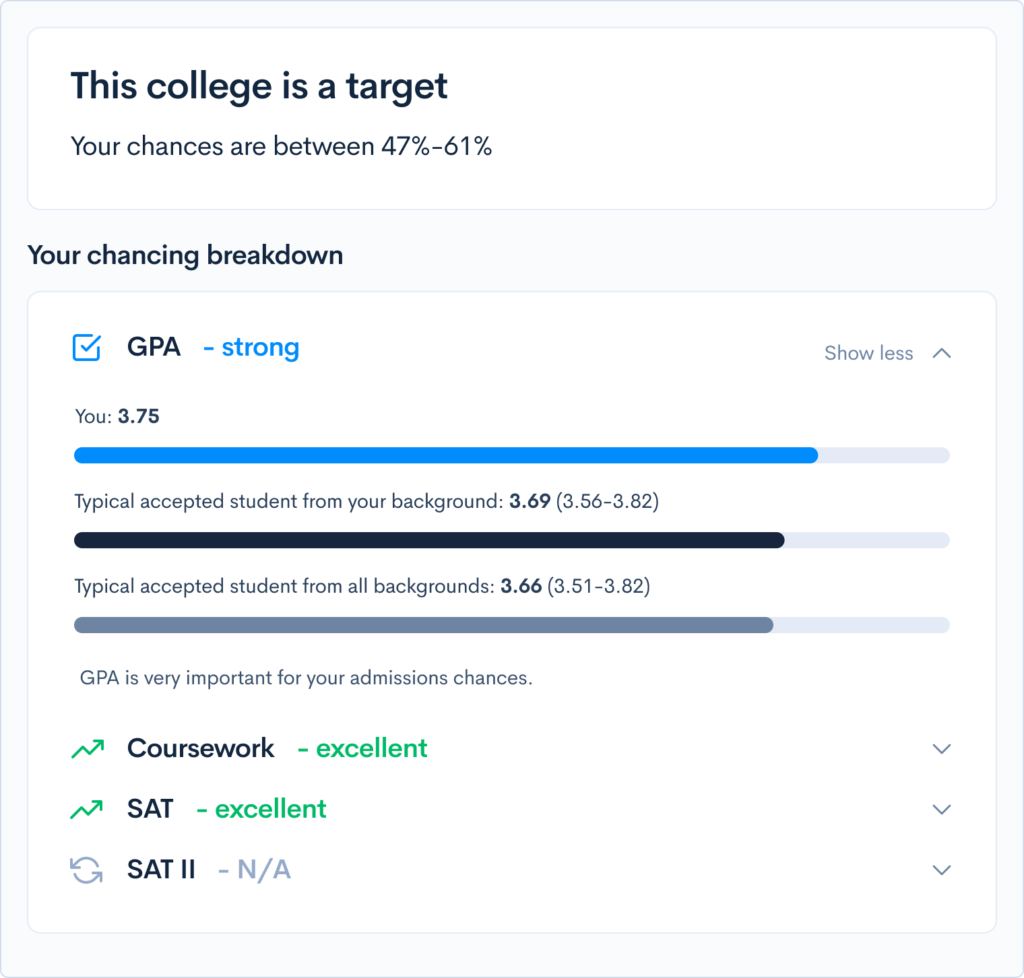What is Caltech Known For?
The prestigious California Institute of Technology (Caltech) has many claims to fame. For one, 58 faculty and alumni have received a National Medal of Science. The university also currently has seven Nobel laureates in residence. Plus, Caltech manages the Jet Propulsion Laboratory (JPL), the leading center for robotic exploration of the solar system. What else is this world-renowned STEM-focused institution known for? Keep reading to find out! Location: Pasadena, California Undergrad Enrollment: 900 Acceptance Rate: 6.4% Middle 50% SAT: 1530-1570 Middle 50% ACT: 35-36 Caltech is consistently ranked in the top 10 national universities. Fittingly so, the admissions committee looks for exemplary academic credentials, such high grades and test scores. That said, the student body is also known for being unapologetically quirky. Along with extensive STEM experience, an ideal Caltech candidate should have unique interests and qualities. Caltech is divided into six divisions: While computer science is the most popular major, the university offers 28 majors, including bioengineering, astrophysics, geobiology, materials science, and mathematics. In addition to STEM majors, students may also choose programs in English, history, and political science, although HSS programs often use a scientific lens. Students may minor in topics like aerospace, computer science, philosophy, and structural mechanics. In collaboration with faculty advisors, students may also create personalized curriculum as part of the Interdisciplinary Studies Program (ISP). Caltech is very research-focused, with 90% of undergraduates participating in opportunities like the Summer Undergraduate Research Fellowships (SURF), Amgen Scholars, and many others, in which students conduct research under the guidance of faculty and graduate mentors. Caltech also participates in JPL’s Higher Education Group, which provides programs and research opportunities focused on the NASA mission. Caltech collaborates with other colleges on programs and opportunities. For example, the institution offers an exchange program with the University of Chicago during fall terms. Meanwhile, the 3/2 program enables students at the liberal arts colleges listed below to apply for transfer to Caltech after their junior year. Students will spend an additional two years at Caltech and earn a bachelor of science from Caltech, along with a bachelor’s degree from their home institution. The participating colleges are: Caltech also offers a robust study abroad program. For their junior or senior years, students may apply to study at: The Caltech Beavers, including baseball, basketball, cross country, soccer, tennis, and other teams, play in the NCAA Division III. The university also has a fencing team that plays in the NCAA’s single division for the sport. Caltech does not have fraternities or sororities, but it does offer more than 100 student clubs and organizations in areas like community service, outdoor adventures, faith, diversity and cultural awareness, music, theater, and more. Caltech has plenty of traditions celebrating the renowned university. For example, the houses on campus hold an annual interhouse party, in which each house celebrates with its own unique activities. The houses have friendly rivalries involving pranking one another, too. Pranks are not uncommon with other colleges, such as MIT; in 2014, for example, Caltech students delivered heat-sensitive coffee mugs to MIT’s admitted students. When cool, the mugs read “MIT the Institute of Technology” in MIT’s colors, black and red. When hot, the mugs became orange and read “Caltech the HOTTER Institute of Technology” with a palm tree. One of Caltech’s oldest traditions is Ditch Day, when seniors leave campus for a day (without sharing the date beforehand). During this time, they arrange scavenger hunts, called “Stacks,” for underclassmen. Caltech is known for its tight-knit community, and its residential life exemplifies this. At the beginning of the academic year, freshmen participate in Rotation, in which they can get a taste of each of 11 residences by visiting the houses, meeting the residents, and participating in activities. At the end of Rotation, freshmen rank the options; nearly everyone gets their first or second choice. Students may choose to stay in their freshman residence or move to another one when the academic year ends. Each residence has its own activities and traditions, from study breaks to dinners to trips to LA. Caltech meets 100% of demonstrated financial need for domestic students and is need-blind. While the institution also meets full need for enrolled international students, the school practices “need-sensitive” admissions for students applying from outside the U.S. Caltech offers resources for students such as: Students may also take advantage of Caltech Public Events, which include lecture series and performances. Caltech students often receive preferred seating for free events. Caltech is the largest employer in Pasadena. Located just a short distance from Los Angeles, the city has claims to fame of its own, as the home to the Rose Bowl, Norton Simon Museum, and many other attractions. Caltech has an extremely low acceptance rate. Your own chances of admission, however, depend on a variety of factors, including academics and extracurriculars. The university seeks out students with stellar grades and SAT scores, as well as unique activities and interests on their resumes. While Caltech’s acceptance rate may be intimidating, your personal chances of acceptance may be higher or lower, depending on your profile. How likely are you to be admitted to Caltech? Find out with CollegeVine’s chancing engine. This free tool takes into account your specific qualifications to estimate your real chances of admission to Caltech and hundreds of other top schools in the U.S. What’s Covered:
Overview of Caltech Admissions
Unique Aspects of Caltech
Academics
Extracurriculars

Traditions
Dorms
Financial Aid
Resources
support for Caltech education and school partnerships
support for students and mental health awareness training
Location
What Are Your Chances of Acceptance at Caltech?



